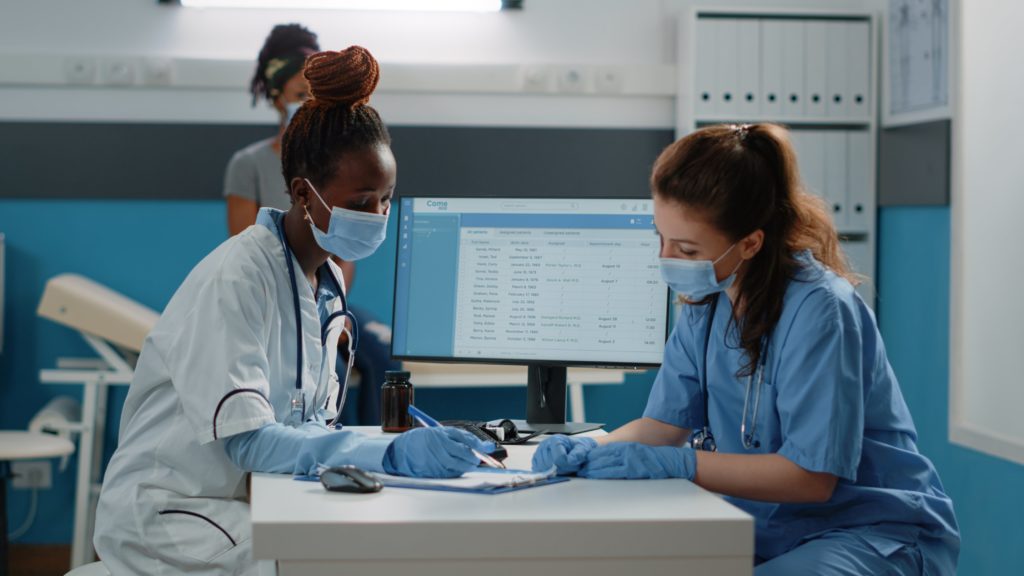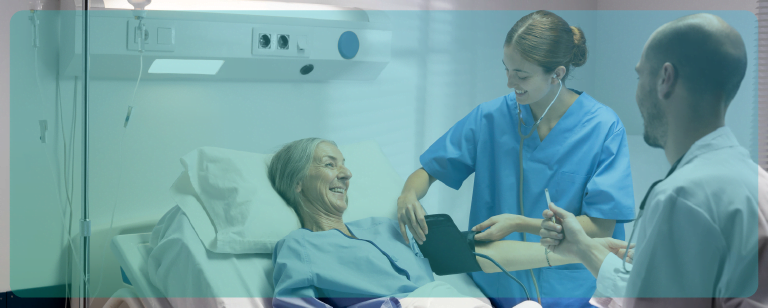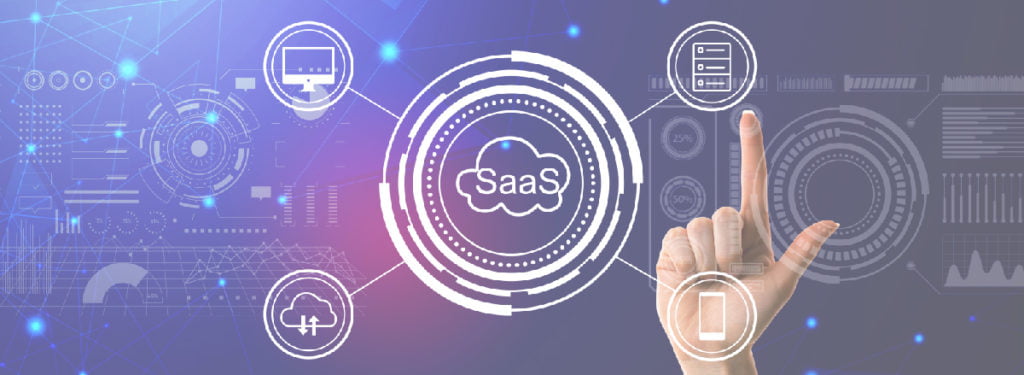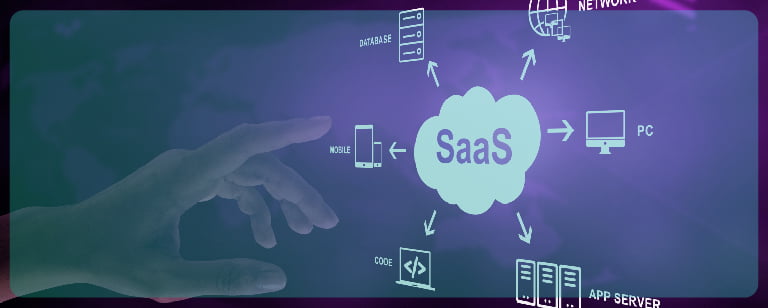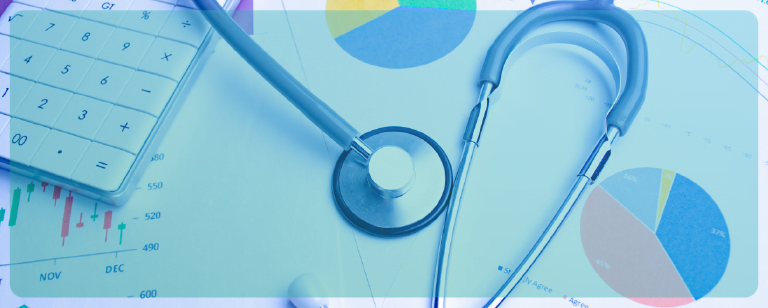8 Must-Know Patient Experience Metrics for Healthcare Providers
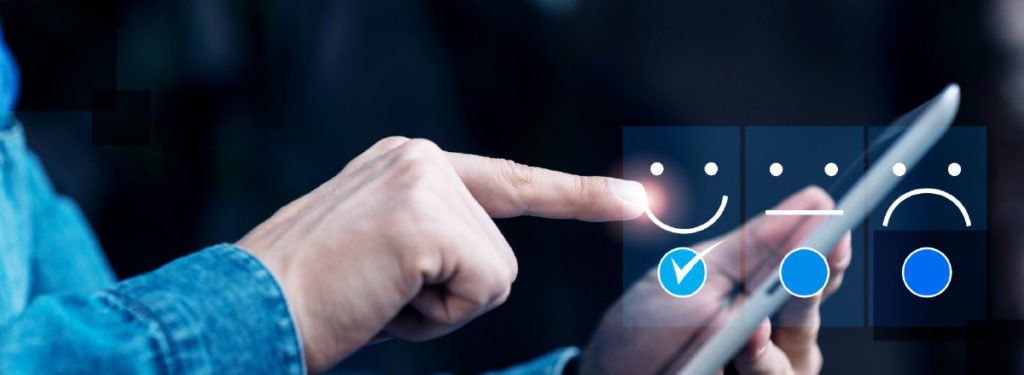
Key Learning Points
- Healthcare industry is undertaking several new initiatives, such as digital tools for enhanced patient engagement and communication, to create a pleasant patient experience and improve healthcare outcomes.
- Patient experience acts as a measure of balance which helps the hospitals to ensure that improvement in one section does not create a negative impact on the other areas.
- Patient experience dataset is a prime indicator of more than just their experience; it is capable of providing a bigger picture of the entire hospital system and infrastructure.
- Hospitals must develop a patient experience scorecard comprising both leading and trailing metrics to measure the performance and impact of each service or department on patient retention and experience.
Introduction
At this moment, the entire healthcare industry revolves around the patient as a core. In healthcare, consumerism is changing, the patients are demanding and expecting the same kind of treatment and quality as offered in other industries. Today the patient has become a more active and empowered consumer who is searching for answers across multiple sources of information and expects more participation from the hospital’s end. Patients desire better services and want medical institutions to play a significant role in their quest for wellness. They want the information to be shared quickly and transparently, and they anticipate constant updates.
Research studies reveal that patient experience can create an impact on major areas of the hospitals such as revenue, patient footfall, branding, trust, review, ratings, etc. Studies indicate that with 5 percent increase in the ratings leads to a 1 percent increase in profit margin.1 As per Accenture, hospitals that offer a superior patient experience tend to have 50 percent higher margins than their peers.2 Deloitte’s research study indicates that patient experience is mostly boosted by a highly engaged staff, thus translating into better performance. Patient experience scores pertaining to interactions with nurses have the strongest association with hospital financial outcomes.3
Why Measure Patient Experience?
Patient experience encompasses all the interactions done by patients across the healthcare ecosystem by accessing multiple touchpoints. It includes various healthcare delivery elements that are of utmost value to patients such as appointment time, information access, and interactions with the hospital staff and physicians. To paint a whole picture of health care quality, it is crucial to evaluate patient experience alongside other factors like effectiveness and safety of care.
Patients today share their hospital experiences on multiple platforms such as social media, discussion forums, or via feedback and surveys. Studying this entire data together will assist in drawing valuable insights about the service quality and performance of the hospital in terms of the experience delivered to the patient. By leveraging sentiment analysis, the hospital team can quickly analyze the data from social media platforms and feedback forms.
Sentiment analysis can be used for examining positive, and negative opinions and monitoring their emotions to improve the hospital’s performance. For instance, the patient has added a comment regarding the physician. AI and NLP can be utilized for analyzing their response. This will assist in finding out if the patient is frustrated with the physician’s experience.
Key Metrics for Measuring Patient Experience
Now we will discuss some of the key metrics and see how patient experience can be measured:
1. Net Promoter Score (NPS): It provides healthcare providers with an instant view of how the business is performing with its patients at any time. Thus, it is considered a valuable KPI among the others. It is important to understand that one needs to focus on the promoters and figure out how we can convert the detractors into promoters. NPS doesn’t reveal the likes or dislikes of a patient specifically. However, it will act as a guide to reduce the overall churn rate for the hospital. If the hospital has a low NPS that stipulates that the hospital is at a high risk of losing its customers/patients. With the help of NPS, the hospital team can perform root cause analysis and improve their services.
2. Customer Effort Score (CES): CES is considered to be the loyalty driver and can be easily measured by a single question. Gartner research indicates that 96 percent of the customers with a high-effort service interaction become more disloyal compared to just 9 percent who have a low-effort experience.4 It is calculated by taking into account the total number of patients who agree that their interaction was easy compared to the total responses.
3. Customer Satisfaction (CSAT): CSAT helps in understanding how a patient perceives every specific contact made at the hospital. One of the major shortcomings of this metric is that patients mostly rate individual interactions as high compared to the overall organizational experience. However, when used in combination with NPS and CES metrics, it is considered to be the most powerful tool today as well. It can be easily calculated by considering the satisfied responses divided by the total responses.
4. Patient Retention Rate: It is known as the backward-looking metric. Research from Bain reveals that acquiring a new patient requires 5x-25x effort and cost than retaining an existing patient.5 There are two ways to calculate the patient retention rate. The first one is based on the number of sessions attended by the patients before completing the treatment plan among the total sessions suggested by the organization. Whereas the second method studies the number of sessions of the existing patients in a year or quarter compared to the sum of the total number of sessions for existing and new patients in the same period. Here, we are not focusing on the right number but on improvement in the rate over time.
5. Revenue Growth Rate: This is the rate that can be observed over time and requires patients’ historical data. It will help the management to review the numbers and analyze patterns to generate insights for determining where the improvement can be done across the hospital to enhance the patient experience.
6. Number of Interactions: This comes under the operational KPIs and assists the management in learning how many interactions were done to resolve an encounter. Here, interaction refers to communication with patients over channels such as SMS, email, phone, etc. Encounter means the healthcare interactions required to provide a quality service to the patient.
E.g., a patient orders food using the BestDoc Concierge application. The request is raised in the in-house hospital restaurant. A message is triggered from the system to the patient. Now the patient can view the status of his/her request and the food gets delivered and the request is marked as completed. This entire process reduces the number of interactions from 10 to 4 when compared to the old day’s scenario. Additionally, saves nurses time spent on non-clinical tasks. It is important to determine the number of interactions based on the patient’s goal instead of the hospital’s service.
7. Number of Open Issues: This helps in observing how many issues are still in a pending or unresolved state for a specific patient or over a time period. The next step is to analyze the active issues and trends. This will help the management to understand whether the patient experience is going up or down in a particular department or for a specific service. The hospital staff can further examine the root cause of the multiple issues and if the patient is satisfied with the service or issue resolution. For example, BestDoc Surveys, our patient feedback, and analytics solution led to a 29% decrease in the overall tickets raised at one of our client hospitals. Consequently, the hospital observed a positive impact in their reviews and gained more patient footfalls and loyalty.6
8. Quality Metrics: It is used to assess how closely the service given matched the patient’s genuine needs. It is of two types: general quality measures and quality metrics specific to services. Regardless of the service being provided, generic quality measurements use the same measurement. E.g., patient complaints. The majority of metrics will be unique to the services rendered. For instance, quality criteria for scheduling will differ from those for nurse triage. Research reveals that patients who had a reasonable reason to be upset about interaction but had it exceptionally rectified by the staff are the most devoted. Knowing when these possibilities might appear is helpful. Hospitals can utilize these metrics to avoid these issues and enhance their processes.
To quote a practical example, for our clients we run IVR feedback calls to collect patient feedback. At one of our partner hospitals, our CXE team was able to identify the exact pain points faced by the patients during their visit. Those details were entered in the BD Analytics for the hospital management to review and take necessary actions. As a result, the patient experience improved considerably.6
These were a few key metrics that help enhance the overall patient experience and should be measured as per the hospital’s requirements. To survive the fierce competition and create a cultural change, hospitals must adopt a more proactive strategy for delivering excellent care to patients. Patients today value care over cure. They want to be sure that they will receive the utmost importance and the best quality care in the world. Hence, patient experience will continue to be a differentiating factor for healthcare services.
References:
7Mins Read
Author | Somya Rastogi


